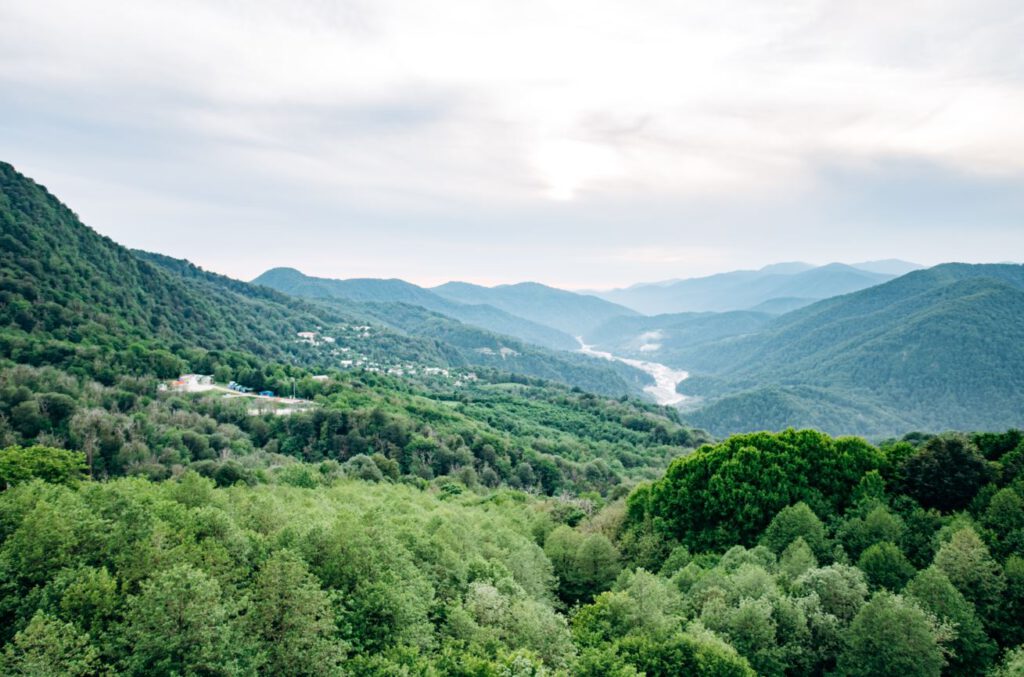The “New Normal”

Since the declaration of the global COVID-19 pandemic by the WHO in March there has been a building movement to reconsider how things we once thought distant possibilities as now within arms length of being adopted as the “New Normal”.
The new normal for the forestry sector in New Brunswick is one where a new found appreciation for the sector and the products and services it provides has come to public light. As with any battle the front line army is only as effective as the supply line in the rear trenches. That forestry supply line is long and complicated. Primary materials for personal protection equipment, paper for packaging and lumber for building materials and shipping pallets are just a few of products that needed to flow to get us to a recovery stage in New Brunswick and around the world. Those products can only get made if raw materials are available and that means logs and logging. And logging requires a sustainable supply of harvest ready trees to maintain the supply. Some question the manner in which this ready supply is provided, renewing calls for a scrapping of today’s forest management style and yet fail to provide an realistic economic model in which an alternative could function, seemingly forgetting that sustainability has an economic leg on which it needs to stand on in addition to social and environmental needs.
In New Brunswick we have worked on a “new normal” for forestry since 1982 when the crown lands and forest act rectified a pending shortage of wood supply for the forest sector. Unsustainable harvests were replaced with properly managed harvest and regeneration plans which today makes New Brunswick forest management the envy of most wood producing nations.
At 84 % forest cover New Brunswick has the most third party certified sustainably managed forest in the country at 71%. This certification means that forestry operations must conform with strict management requirements that consider environmental and social measures and indicators or the forestry operator risks losing the privilege of using the public resource. Furthermore New Brunswick has 17% of its entire forest in some state of conservation. This includes protected natural areas, parks, deer wintering zones, old forest habitat and wetland buffers. When looking at crown land exclusively the number is even more impressive but rarely reported at 34% in some state of conservation. Understandably quantity is important but so is quality and forestry professionals including foresters and biologists work collaboratively to identify habitat need so that effective conservation occurs and that areas are not designated conservation for namesake only.
Part of effective conservation is rotating harvesting schedules, allowing for a variety of tree species and age. In fact only 1.2% of New Brunswick’s forest is harvested annually through a mix of felling prescriptions including clear cuts and selective harvesting, each contributes to a specific regeneration of the forest. Currently New Brunswick forests are composed of 50 % softwood stands, 30 % hardwood and 20% mixed wood. Planted stands make up about 13% of our forest which represents about .3% of the forest having been planted annually since 1982. The remaining regeneration occurs naturally.
The numbers put into perspective the successful outcomes of sustainable forest management. Rarely does the entire picture get shared but often bits and pieces get used to paint an unflattering portrait of the state of our forests when quite the opposite is true. We can only hope that as we move to a Post COVID era that our appreciation for the forest industry and its dedicated workforce will be remembered and that we do not chase change simply for the sake of change in an effort to exploit the “New Normal.”
Mike Légère, Executive Director of Forest NB
